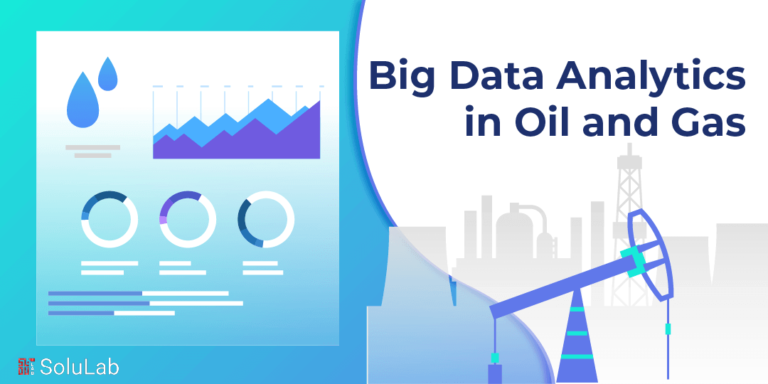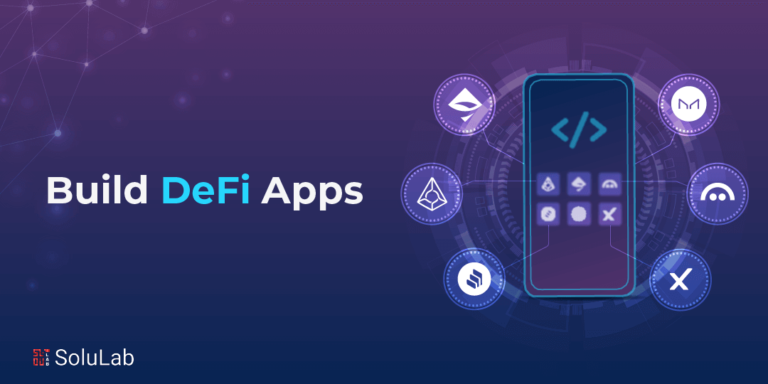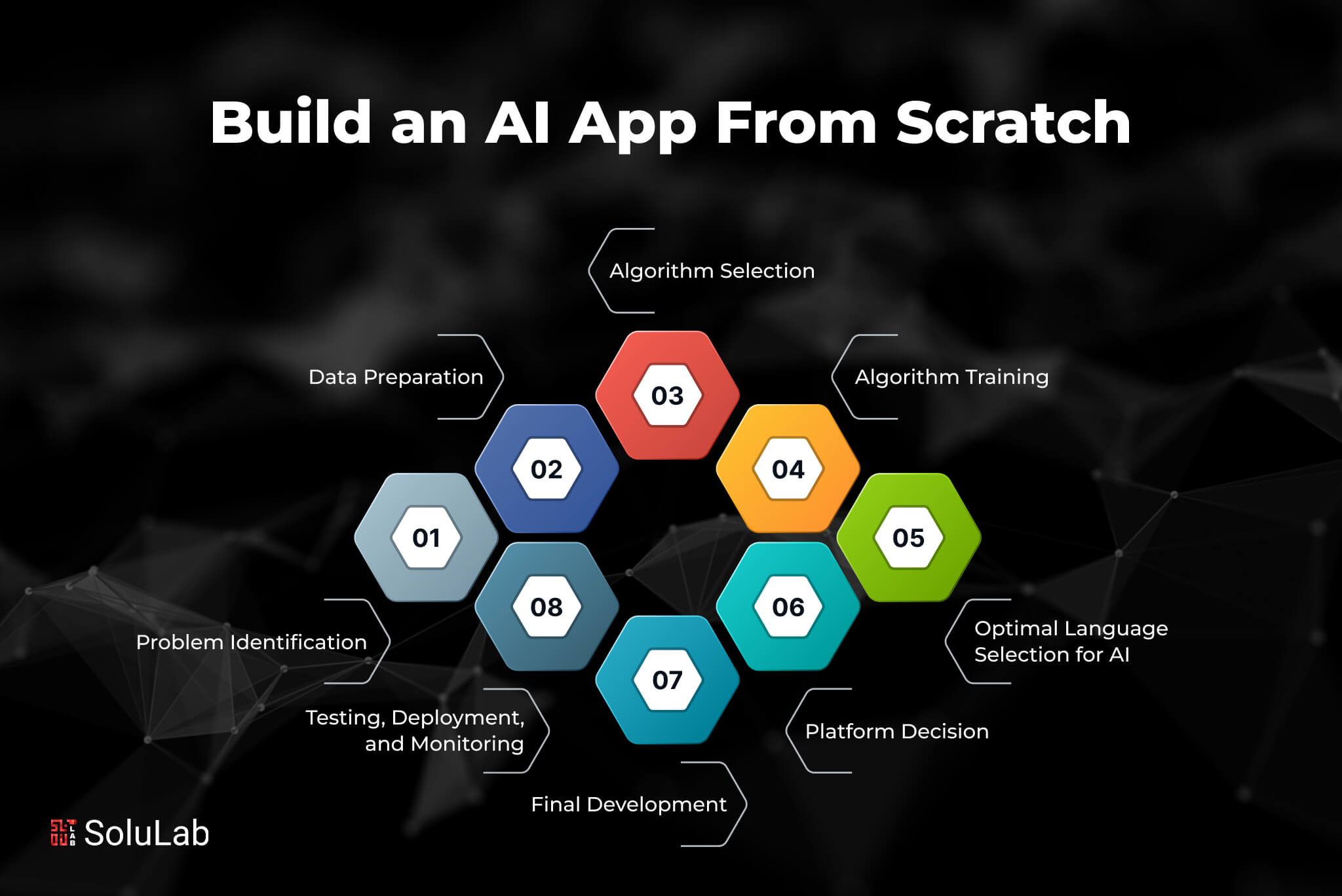
The significance of artificial intelligence (AI) cannot be overstated, as it has fundamentally transformed various aspects of our lives. From precision-performing robots to the advent of autonomous vehicles, AI is poised to shape the future of society and the economy. With a remarkable 270% growth in business adoption over the past four years, it is evident that AI is not merely a tool for solving mathematical problems but a transformative force with the potential to revolutionize industries. Its widespread integration, from large-scale manufacturing units to personal smart devices, signifies its essential role in enhancing customer satisfaction and driving sales for businesses of all sizes.
As organizations increasingly embrace AI, its market share is expected to grow substantially. In 2020, the AI market was valued at $51.08 million, and projections indicate it could soar to $641.3 billion by 2028. This explosive growth is fueled by factors such as the rising adoption of cloud-based services and a surging demand for AI-based virtual assistance. Businesses are turning to AI not only for automation but also to deliver personalized services, particularly in the realm of customer service. With the trajectory of AI’s evolution, the pressing question arises – how to create an AI app? This blog provides a concise guide to understanding AI fundamentals and also explains a step-by-step approach to create application with AI.
So, without any further ado, let’s get started!
What Exactly is Artificial Intelligence?
Artificial Intelligence (AI) is a branch of computer science dedicated to addressing cognitive tasks associated with human intelligence, such as pattern recognition, problem-solving, and learning. It involves the utilization of advanced technologies like robotics in futuristic scenarios. While various definitions of AI exist, John McCarthy’s 2004 paper defines it as “the science and engineering of creating intelligent machines, particularly intelligent computer programs.” AI explores the development of machines capable of intelligent behavior, not strictly limited to biologically observable methods.
At its core, AI integrates computer science with robust datasets to facilitate effective problem-solving. It encompasses subfields like machine learning and deep learning, often mentioned in tandem. These technologies utilize algorithms to construct expert systems capable of predictions and classifications based on input data. AI draws from diverse disciplines such as computer science, data analytics, statistics, hardware and software engineering, neuroscience, psychology, and philosophy. If you’re interested in how to make a app with AI, understanding these foundational elements is crucial.
Different Components of Artificial Intelligence
By integrating the multifaceted components of artificial intelligence (AI), developers can effectively use AI to build an app that tackles diverse challenges. Leveraging AI’s learning capabilities, these applications can adapt and enhance their performance over time through trial-and-error methodologies. The incorporation of reasoning ensures intelligent decision-making, while problem-solving functionalities enable the resolution of complex issues with tailored or general-purpose methods. AI’s perception component becomes vital for applications navigating and comprehending environments, such as in the development of advanced features for self-driving cars.
Moreover, language understanding in AI facilitates seamless communication between users and applications, making it pivotal for creating intuitive and user-friendly interfaces. As businesses increasingly recognize the potential of AI, harnessing its components to use AI effectively in building sophisticated and efficient applications becomes a strategic imperative for staying competitive in the rapidly evolving technological landscape. If you’re looking for guidance on how to make a app with AI, understanding these components is essential.
-
Learning
In the realm of artificial intelligence, learning is a crucial component that distinguishes computer programs from human learning. AI learning involves solving problems through trial and error, with successful moves saved for future use. It encompasses rote learning, where individual items like vocabulary and problem solutions are memorized, and this knowledge can later be applied through generalization techniques.
-
Reasoning
Previously limited to humans, reasoning is now a vital component of artificial intelligence. The ability to draw deductive or inductive inferences based on a given situation is integral to AI. Deductive inferences, successfully implemented through computer programming, offer guarantees of problem resolution. Reasoning involves drawing relevant inferences in response to the current situation.
-
Problem-solving
AI’s problem-solving ability is fundamental, involving the resolution of unknown values in data. The platform employs special-purpose and general-purpose methods, tailoring solutions to specific problems or addressing a variety of challenges. AI’s problem-solving component allows step-by-step reduction of differences between goals and current states.
-
Perception
The ‘perception’ component in artificial intelligence enables the analysis of environments using various sense organs. It allows the platform to examine scenes, considering their relationships. Perception is crucial for applications like self-driving cars, where understanding the surroundings, even under varying perspectives, is essential.
-
Language Understanding
Language understanding is a widely used component in AI that comprehends natural language expressions, including nuances and overstatements. AI is designed to understand human languages, such as English, enabling computers to execute different programs effortlessly. This capability facilitates effective communication between humans and machines.
Various Elements of AI
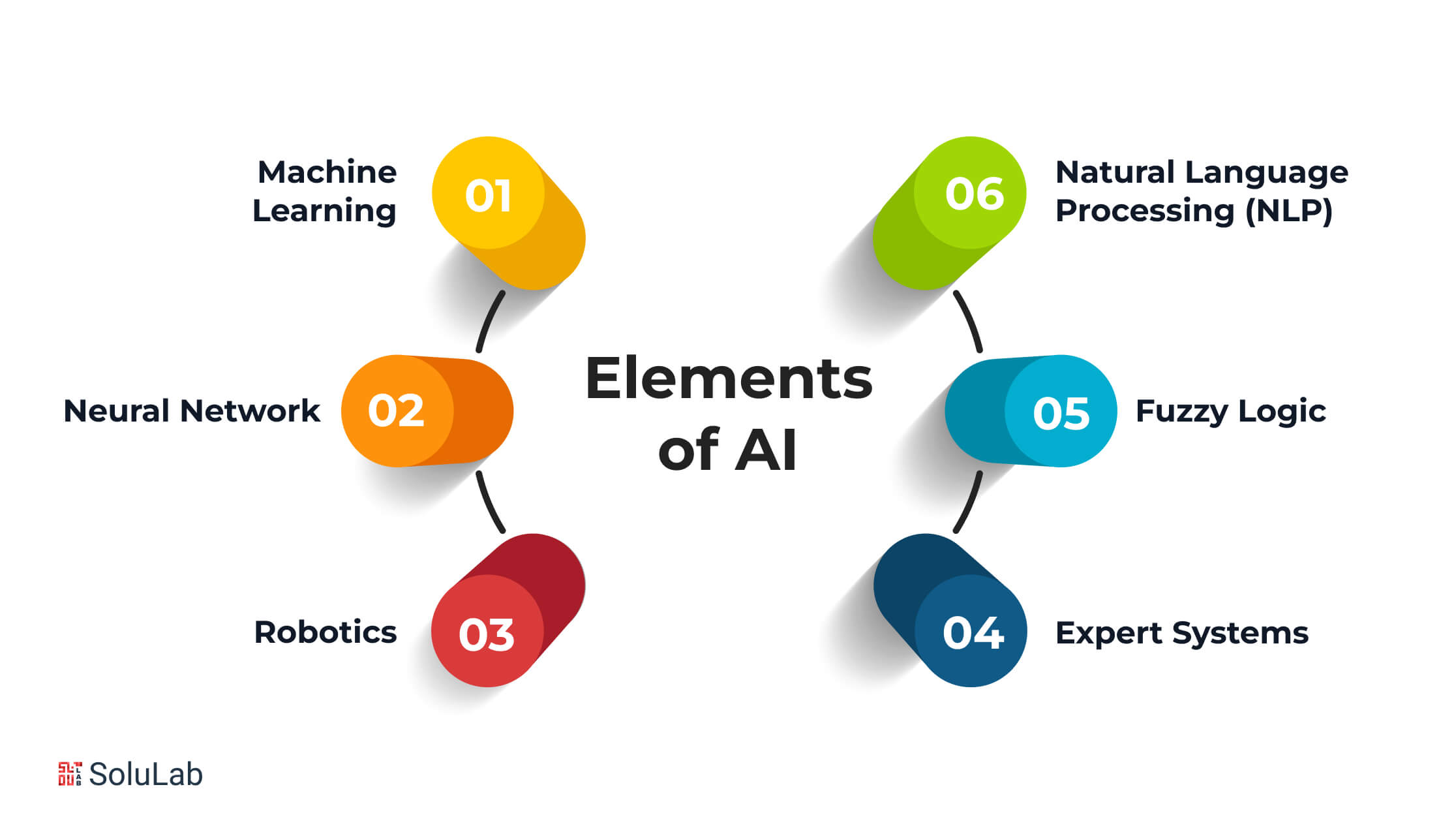
Artificial intelligence includes a wide range of methodologies. Let us learn more about the major subfields and AI that makes apps using these elements.
-
Machine Learning
Machine learning is a critical field in modern technology. It is a must-have word when a corporation delivers a new product that employs ML algorithms and methodologies to give extremely innovative results to customers. This technology enables computers to learn without being explicitly taught and is employed in real-world applications. It is the foundational science that enables machines to comprehend, execute, and examine data in order to solve real-world issues.
To develop a comprehensive ML system, programmers employ advanced mathematical knowledge to develop machine-learning algorithms written in a language that machines can understand. Furthermore, machine learning (ML) enables us to interpret, categorize, and estimate data from datasets.
It has offered self-driving vehicles, picture and speech recognition, demand forecasting models, helpful search, and a variety of other uses over the years. It emphasizes applications that can learn from experience and enhance their decision-making or accuracy in forecasting over time.
Data experts also select several sorts of machine learning algorithms, as detailed below, based on data availability.
1. Supervised Learning: It occurs when data professionals input labeled training data into algorithms and provide variables to the algorithms, allowing them to access and uncover relationships. The algorithm’s input and output are both customized.
2. Unsupervised Learning: It refers to algorithms that train on unlabeled data. An algorithm examines datasets to make meaningful correlations or inferences. Cluster analysis, for example, employs exploratory data analysis to discover hidden or grouped patterns in data.
3. Reinforcement Learning: It teaches a computer to comply with a multi-step procedure with well-defined rules. Programmers construct an algorithm that will carry out a task. They then provide the algorithm with positive or negative signals to carry out the task. Sometimes the algorithm determines for itself the steps to take.
-
Neural Network
To fulfill tasks, the neural network blends cognitive science and machine learning. It is a subfield of artificial intelligence that employs neurology, a branch of biology concerned with the nerve and neural systems. The neural network simulates the human brain, which has an endless number of neurons.
To put it simply, a neural network is an assortment of algorithms used to find the fundamental links between data sets. It simulates how the human brain works. A neural network is a collection of neurons that are potentially artificial or natural in origin. A neuron is a statistical function in a neural network that collects and classifies data based on a predefined structure. Understanding neural networks is essential for anyone learning how to make an artificial intelligence app.
-
Robotics
Robotics, an emerging field within artificial intelligence, is a fascinating area of research and innovation focusing on the design and construction of robots. This interdisciplinary field integrates mechanical engineering, electrical engineering, and computer science. It encompasses the study of designing, manufacturing, operating, and utilizing robots, with computer systems controlling them to produce intelligent outcomes and process information.
Robots are often employed for tasks challenging for humans, particularly those requiring repetitive actions. Historically, robotics has played a crucial role in tasks such as assembly lines for automobile manufacturing and transporting large objects in space, as observed in NASA’s endeavors. Concurrently, AI researchers are actively engaged in developing robots that leverage machine learning for social interactions. This synthesis of robotics and artificial intelligence underscores the development of applications that involve AI that makes apps.
-
Expert Systems
The initial triumphant venture into building AI software occurred with the advent of expert systems in the 1970s, gaining substantial popularity in the subsequent decade. An expert system refers to a computer system designed to emulate human experts in decision-making processes. This emulation involves utilizing a knowledge base to acquire information and subsequently applying rules of reasoning and insights to user queries. The efficacy of expert systems hinges on the depth of knowledge they possess. A more extensive information repository enhances their efficiency. For instance, an expert system plays a role in suggesting corrections for spelling and grammatical errors within the Google search engine.
These systems excel at tackling intricate problems through proficient reasoning, particularly when employing “if-then” rules instead of conventional agenda coding. Expert systems are characterized by their high responsiveness, reliability, clarity, and efficient execution. If you’re interested in how to create an AI app, understanding expert systems can be a valuable foundation for creating intelligent applications.
-
Fuzzy Logic
Fuzzy logic represents a form of mathematical logic that focuses on approximate reasoning as opposed to rigid and precise reasoning. It mimics the inherent ambiguity and uncertainty often encountered in real-world scenarios. Employed for processing and examining data from diverse sources, fuzzy logic plays a pivotal role in decision-making processes.
-
Natural Language Processing (NLP)
In simple terms, Natural Language Processing (NLP) is a segment of computer science and AI that facilitates communication between humans and computers using natural languages. It empowers computers to comprehend and interpret data in a manner that mimics natural human language. NLP encompasses techniques for searching, analyzing, and comprehending text data. Programmers leverage NLP libraries to instruct computers on extracting valuable information from textual data. NLP finds widespread application in tasks such as spam detection, where computer algorithms assess the content and context of emails to discern whether they are legitimate or unwanted. For those keen on understanding how to build an AI app, familiarity with NLP is crucial, as it forms the foundation for developing applications that can interact with users in a natural language context.
Understanding the Mechanism of AI
As highlighted earlier, AI that makes apps serves as an encompassing category that encompasses machine learning and deep learning, acting as a pivotal tool for these methodologies. The functioning of AI relies on discerning patterns derived from datasets. Through an intelligent and iterative process of data collection, substantial volumes of information are amassed, enabling the AI tool to discern and internalize patterns. The AI model subsequently utilizes these learned patterns to make predictions.
The development of an AI model involves multiple iterations, each serving to test its functionality and gauge accuracy levels. Leveraging its computational prowess, AI can swiftly process vast datasets. This autonomous problem-solving ability distinguishes AI, allowing computers to independently address complex issues.
AI can be categorized into the following types:
- Artificial Narrow Intelligence (ANI): Applied in numerous practical scenarios, ANI involves training computers to independently solve specific problems.
- Artificial General Intelligence (AGI): AGI focuses on computers emulating human cognitive abilities.
- Artificial Super Intelligence: Representing an abstract form of AI, this concept envisions intelligence surpassing human capabilities.
The various branches of AI contribute to the functioning of create application with AI by leveraging data patterns:
- Machine Learning: This field automates the construction of analytic models, drawing on techniques from statistics, physics, and neural networks to unveil concealed insights in data.
- Neural Network: A type of machine learning, neural networks consist of interconnected units resembling neurons, processing information in each unit. This iterative process involves multiple passes through the data to identify connections and extract meaning from ambiguous information.
- Deep Learning: Employing extensive neural networks with numerous processing units, deep learning capitalizes on enhanced computing power and refined training methods to comprehend intricate patterns from extensive data. Common applications include image and speech recognition, and algorithms like generative adversarial networks (GAN) and variational autoencoders (VAEs) are pivotal in generative AI for producing highly realistic data.
- Computer Vision: Utilizing pattern recognition and deep learning, computer vision identifies content in photos or videos. Machines can analyze, understand, and interpret images in real-time, capturing the essence of their surroundings.
- Natural Language Processing (NLP): NLP enables computers to comprehend, analyze, and generate human language, encompassing speech. The evolution of natural language interaction represents the next phase in NLP, allowing humans to communicate with computers using everyday language to accomplish tasks.
How to Build an AI App- A Step-by-Step Process
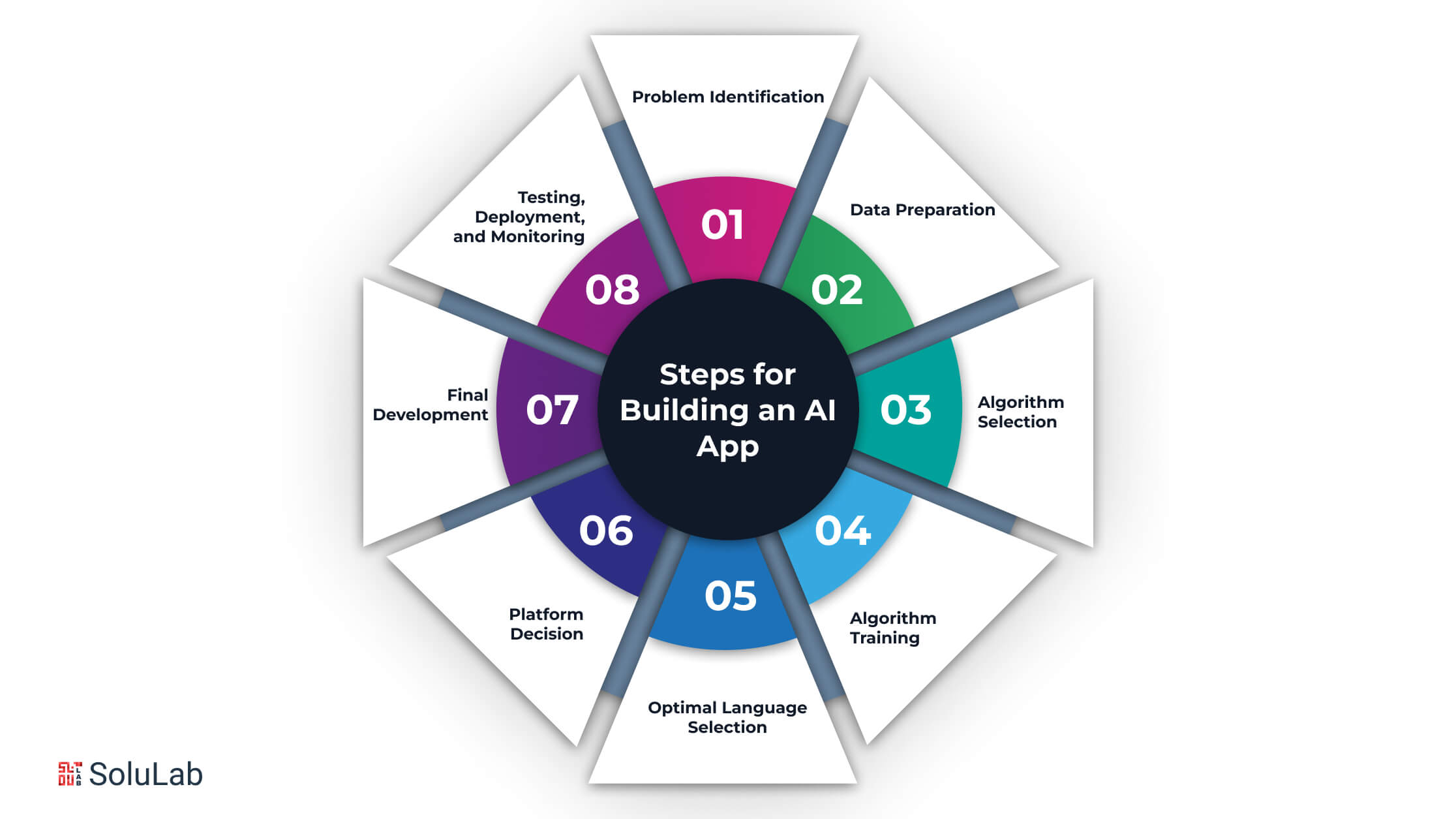
This comprehensive guide outlines the process of building and utilizing and build AI apps, catering to researchers, business owners, and anyone intrigued by AI technology. Follow these steps to embark on how to create an AI app that has the potential to revolutionize your industry.
Step 1: Problem Identification
The initial phase involves clearly identifying the problem to create app with AI to address. Delve into the functionalities and processes of the intended app, contemplating how the integration of AI technology can enhance it. Define the expected outcomes and consider the benefits. Once the problem and idea are pinpointed, proceed to formulate product requirements. Through requirement analysis, developers gain insights into the project’s purpose, paving the way to identify suitable technologies and tools.
During the planning stage, undertake the following:
- Team Composition: Determine the makeup of the technical and non-technical team, including roles such as project managers, business analysts, data engineers, and backend programmers.
- Work Schedule Discussion: Engage in discussions with professionals to outline the work schedule and set realistic timelines.
- Data Exploration: Initiate exploration of the data required for constructing an AI/ML model, laying the groundwork for subsequent development phases.
Step 2: Data Preparation
Create app with AI that rely heavily on data, often necessitating substantial volumes for optimal functionality. However, before deploying the data, a meticulous process of collection and preparation is crucial to establish an accurate data model. A team of AI specialists and professionals well-versed in AI and ML-driven software solutions is tasked with labeling the collected data. These adept software engineers thoroughly examine input information and sources, preparing the data for subsequent utilization, often employing methodologies like the Cross-Industry Standard Process for Data Mining (CRISP-DM).
The subsequent phase involves scrutinizing the input data for errors, identifying missing values, or rectifying incorrect labels. The data preparation entails the following key steps:
Uploading and Raw Data Selection
- Initiate the process by uploading raw data.
- Employ selection procedures to choose relevant data subsets.
Annotation Tool Selection
- Choose appropriate annotation tools tailored to the specific needs of the data.
Data Labeling and Highlighting
- Execute the labeling process, accentuating pertinent data elements
Processed Data Selection and File Saving
- Select the processed data and save it in a designated file, ensuring its readiness for subsequent phases of development.
Step 3: Algorithm Selection
Moving to a pivotal phase in constructing an create application with AI, the selection of the appropriate algorithm stands as a crucial and arguably the most significant task. While the technical intricacies can be intricate, grasping the fundamental concepts in algorithm selection is paramount. Algorithms vary based on the type of learning they employ.
Two primary learning types exist supervised and unsupervised learning.
- Supervised Learning
Involving the provision of a dataset for training, supervised learning enables the machine to learn and deliver desired outcomes on a test dataset. Various algorithms fall under this category, including SVM (Support Vector Machine), Logistic Regression, Random Forest Generation, and Naive Bayes Classification. These algorithms serve purposes like classification (e.g., predicting loan default likelihood) and regression (e.g., estimating potential losses in case of loan default).
- Unsupervised Learning
Diverging from supervised learning, unsupervised learning operates without labeled datasets. Unsupervised learning algorithms excel in clustering (grouping similar items), association (identifying links between objects), and dimensionality reduction (minimizing variables to reduce noise).
The criticality of choosing the right algorithm cannot be overstated to create an app with AI. A profound understanding of supervised and unsupervised learning concepts, coupled with familiarity with diverse algorithms, ensures that the AI system can effectively address and resolve the targeted problem.
Step 4: Algorithm Training
Following the selection of an algorithm, the pivotal next step is to undergo the training process to validate its accuracy. While establishing standard metrics or thresholds for model accuracy may not be feasible, it is imperative to ensure that the algorithm operates effectively within the designated framework through continuous training and retraining until the desired accuracy is achieved.
Given the data-centric nature of AI systems, their efficacy hinges on optimal data performance. Therefore, the dataset must exhibit sufficient diversity to enable the model to perform as intended. Devoting time and resources to the training phase is not only beneficial but also an essential step. This investment pays off in terms of heightened efficiency, cost savings, and the acquisition of a competitive advantage. Understanding these steps is crucial for anyone learning how to make an artificial intelligence app.
Step 5: Optimal Language Selection
Establishing a precise set of requirements is fundamental for crafting an effective build AI apps. Equally crucial is the choice of technologies and the AI programming language, a decision that plays a pivotal role in creating intuitive AI systems that deliver a robust user experience. With numerous programming languages available, each possessing distinct strengths and weaknesses, it becomes imperative to choose the one that aligns with the specific needs of your AI project. Certain languages excel in processing vast datasets and handling extensive numerical computations, while others are adept at natural language programming. To determine the most fitting language for your project, a comprehensive understanding of the strengths and limitations of each language is essential. Below are some of the widely used programming languages to consider when embarking on building an app with AI:
- Python
- Java
- C++
- R
- Prolog
- Lisp
- Haskell
- Smalltalk
- Rust
Step 6: Platform Decision
During the create an app with AI, a diverse range of frameworks and APIs is typically employed to facilitate the seamless development of intelligent AI algorithms. These frameworks and APIs are equipped with built-in functionalities for deep learning, neural networks, and NLP applications. The majority of prominent AI-focused cloud platforms offer these AI platforms and APIs, simplifying the integration of pre-built solutions for speech, image, and language recognition, along with providing high-level abstractions of intricate machine-learning algorithms.
Several key factors play a crucial role in determining the most suitable APIs and platforms for your AI project:
Cloud Preference:
- Selection of the preferred cloud environment, considering options like hybrid cloud configurations.
Data Storage Logistics:
- Determining the location and ownership specifics of data storage.
Language Constraints:
- Factoring in the limitations associated with the chosen programming language.
API Accessibility:
- Evaluating the availability of APIs in specific regions.
Cost Considerations:
- Analyzing the overall cost implications throughout the AI development life cycle.
Step 7: Final Development
As previously noted, the creation of an AI-powered software application mirrors the process of conventional software development, with the incorporation of CRISP-DM. The ensuing steps constitute vital elements of the AI development process:
Solution Architecture Design
- Crafting the architectural blueprint for the solution.
User Interface Design
- Developing the design framework for user interaction.
Frontend and Backend Development
- Actualizing the creation of both the user-facing and server-side components.
Throughout the development phase, optimization of performance, augmentation of functionality, and adaptability for future updates are pivotal considerations.
Step 8: Testing, Deployment, and Monitoring
Upon completion of the development phase, it becomes imperative to subject the product to thorough testing facilitated by QA engineers, who can employ automated, manual, or a combination of tools. The app can only be delivered if it has undergone rigorous testing and operates as intended. Following the testing phase, the product is ready for deployment onto the production server. Subsequent to deployment, a dedicated support team engages in ongoing maintenance to forestall data drift.
AI maintenance stands out due to its requirement for continuous updates in both data and concepts. This ensures the sustained accuracy of your algorithm, preventing any degradation. This maintenance includes routine updates such as security patches and version changes to uphold the robust functionality of the solution.
5 Benefits of Using OpenAI’s API for Your Business
Utilizing OpenAI’s API for your business can yield numerous advantages, enhancing customer service and bolstering brand trust. Here are the top five benefits you can derive from when you build an AI app from Open AI:
1. Enhances Decision-Making and Automation: OpenAI’s API offers advanced AI algorithms for data analysis, facilitating automated decision-making and providing valuable insights. For instance, a retail company could utilize the language model API to scrutinize customer feedback, identifying prevalent issues and trends. This data-driven approach informs strategies to enhance customer service, ultimately reducing churn rates and increasing revenue. Understanding this process is essential for those looking to learn how to create apps using AI.
2. Streamlines Customer Service: By leveraging OpenAI’s API to construct chatbot solutions, businesses can streamline customer service operations efficiently and economically. For instance, a telecommunications company could deploy a chatbot powered by the language model API to swiftly address customer queries regarding services, billing, and promotions. This not only reduces wait times but also enhances overall customer satisfaction.
3. Increases Operational Efficiency: OpenAI’s API enables automation of repetitive tasks, resulting in significant time and resource savings for businesses. For example, a financial institution could employ the language model API to automatically summarize financial reports, freeing up analysts to focus on critical tasks such as risk assessment and investment planning.
4. Cost Savings: Utilizing OpenAI’s API can lead to substantial cost reductions for businesses. With options ranging from free-tier plans to usage-based models, OpenAI offers affordable solutions suitable for businesses of all sizes. Furthermore, the efficiencies gained through automation can help cut labor costs and improve overall profitability.
5. Provides Competitive Edge: By integrating OpenAI’s modern AI technology into its offerings, businesses can gain a competitive edge over rivals. For instance, a news outlet could utilize the language model API to generate articles and summaries faster and more comprehensively than competitors, attracting more readers and increasing ad revenue. Additionally, leveraging OpenAI’s API for data analysis enables informed marketing and sales strategies, providing a strategic advantage over competitors lacking similar access to insights.
Related: Top 10 Artificial Intelligence (AI) Applications in 2024
Industries That Benefit From Building an App With AI
Creating an app with AI can bring transformative benefits across various industries, revolutionizing processes, enhancing customer experiences, and driving business growth. Here are several industries that stand to gain significantly when you build AI apps:
- Healthcare: AI-powered apps in healthcare can improve patient outcomes, streamline diagnosis and treatment, and optimize operational efficiency. From medical imaging analysis for early disease detection to personalized treatment recommendations based on patient data, AI can revolutionize healthcare delivery.
- Finance: In the finance industry, AI-driven apps can automate tasks like fraud detection, risk assessment, and investment portfolio management. AI algorithms can analyze vast amounts of financial data in real time, providing insights for better decision-making and personalized financial advice.
- Retail: AI-powered apps in retail can enhance customer engagement, optimize inventory management, and personalize the shopping experience. From recommendation engines that suggest products based on browsing history to chatbots that assist customers with inquiries and purchases, AI can drive sales and customer satisfaction.
- Manufacturing: AI applications in manufacturing can optimize production processes, predict equipment failures, and improve product quality. AI-powered predictive maintenance systems can reduce downtime by identifying potential issues before they occur, while AI-driven quality control systems can detect defects and anomalies in real-time.
- Education: AI-powered educational apps can personalize learning experiences, provide adaptive tutoring, and automate administrative tasks. From intelligent tutoring systems that adapt to students’ learning styles to AI-driven assessment tools that provide instant feedback, AI can revolutionize education delivery and improve learning outcomes.
- Transportation: In the transportation industry, AI-powered apps can optimize route planning, improve safety, and enhance the passenger experience. From ride-sharing platforms that use AI algorithms to match drivers and passengers efficiently to autonomous vehicles that use AI for navigation and collision avoidance, AI can revolutionize transportation services.
- Marketing: AI-powered apps can analyze customer data, predict consumer behavior, and personalize marketing campaigns. From sentiment analysis of social media data to AI-driven content recommendation engines, AI can help marketers target the right audience with the right message at the right time, leading to higher engagement and conversion rates.
Concluding Thoughts
The advanced capabilities of AI, particularly in deep learning, empower it to execute tasks with a level of sophistication resembling human intelligence. This makes it an indispensable tool for fostering successful business development. Its widespread adoption is evident across various industries, serving as a means to enhance customer satisfaction and secure a competitive advantage in the market. The adaptability and potential of AI are increasingly evident in sectors like fintech, social media, and telemedicine, where it fosters new opportunities for growth and innovation.
Despite the comprehensive guide provided in this article on crafting an AI app, it is crucial to acknowledge that creating AI apps is intricate and demands profound expertise in AI, machine learning, and data science. Professional intervention from an experienced AI development company is essential for navigating this complex process and ensuring success.
For those contemplating the creation of a high-quality AI app, reach out to our AI development experts at SoluLab- an AI development company. With our expertise in end-to-end AI app development, we can deliver robust solutions with advanced features tailored to your requirements. Contact us today!
FAQs
1. What is the significance of identifying the problem in the initial step of AI app development?
Identifying the problem is crucial as it lays the foundation for the entire AI app development process. It helps define the app’s purpose and expected outcomes, and guides the creation of product requirements, setting a clear direction for developers.
2. Why is data preparation essential in AI app development, and what does it involve?
Data preparation is vital as AI models heavily rely on data. It involves collecting and refining data to create an accurate data model. Tasks include uploading raw data, selecting annotation tools, labeling data, and saving processed data, ensuring it’s ready for subsequent development phases.
3. How does algorithm selection impact the success of an AI app?
Choosing the right algorithm is critical as it defines how the AI system will learn and make predictions. Understanding the differences between supervised and unsupervised learning and the strengths of various algorithms ensures the AI system effectively addresses the targeted problem.
4. Why is the selection of the right programming language crucial in AI app development?
The choice of programming language impacts the efficiency and capabilities of the AI app. Different languages excel in specific tasks, such as data processing or natural language programming. Selecting the right language aligns with the project’s needs and optimizes development.
5. What role do testing, deployment, and monitoring play in the final stages of AI app development?
Testing ensures the app functions as intended, and deployment involves making it available on production servers. Ongoing monitoring and support are crucial for maintaining the AI system’s accuracy, preventing data drift, and incorporating regular updates for optimal performance.
6. What services does SoluLab provide in the field of AI app development?
SoluLab specializes in end-to-end AI app development services. This includes problem identification, data preparation, algorithm selection, and final development, ensuring a seamless and successful AI app creation process. Our expertise encompasses diverse industries such as fintech, social media, and telemedicine, providing tailored solutions for growth and innovation.




